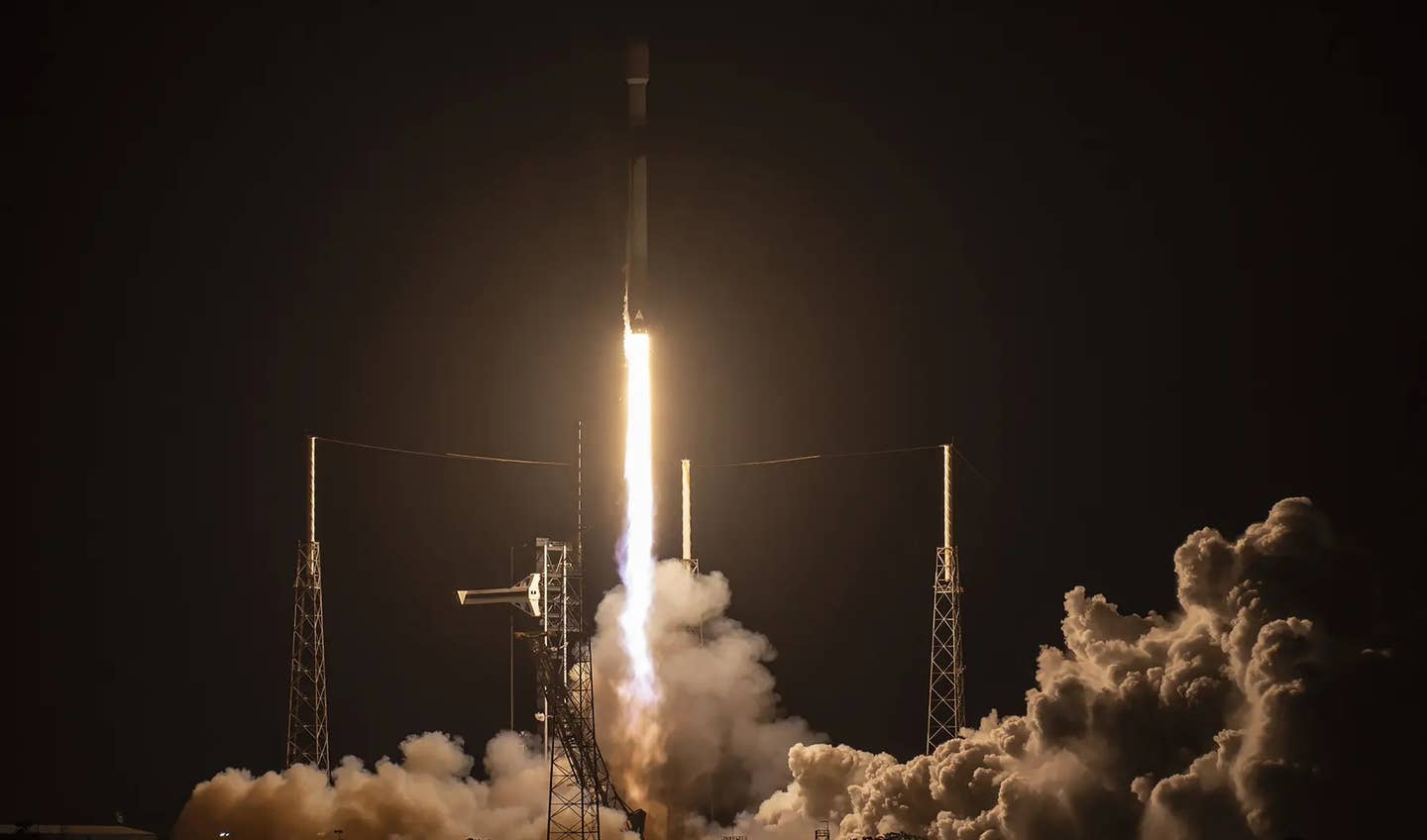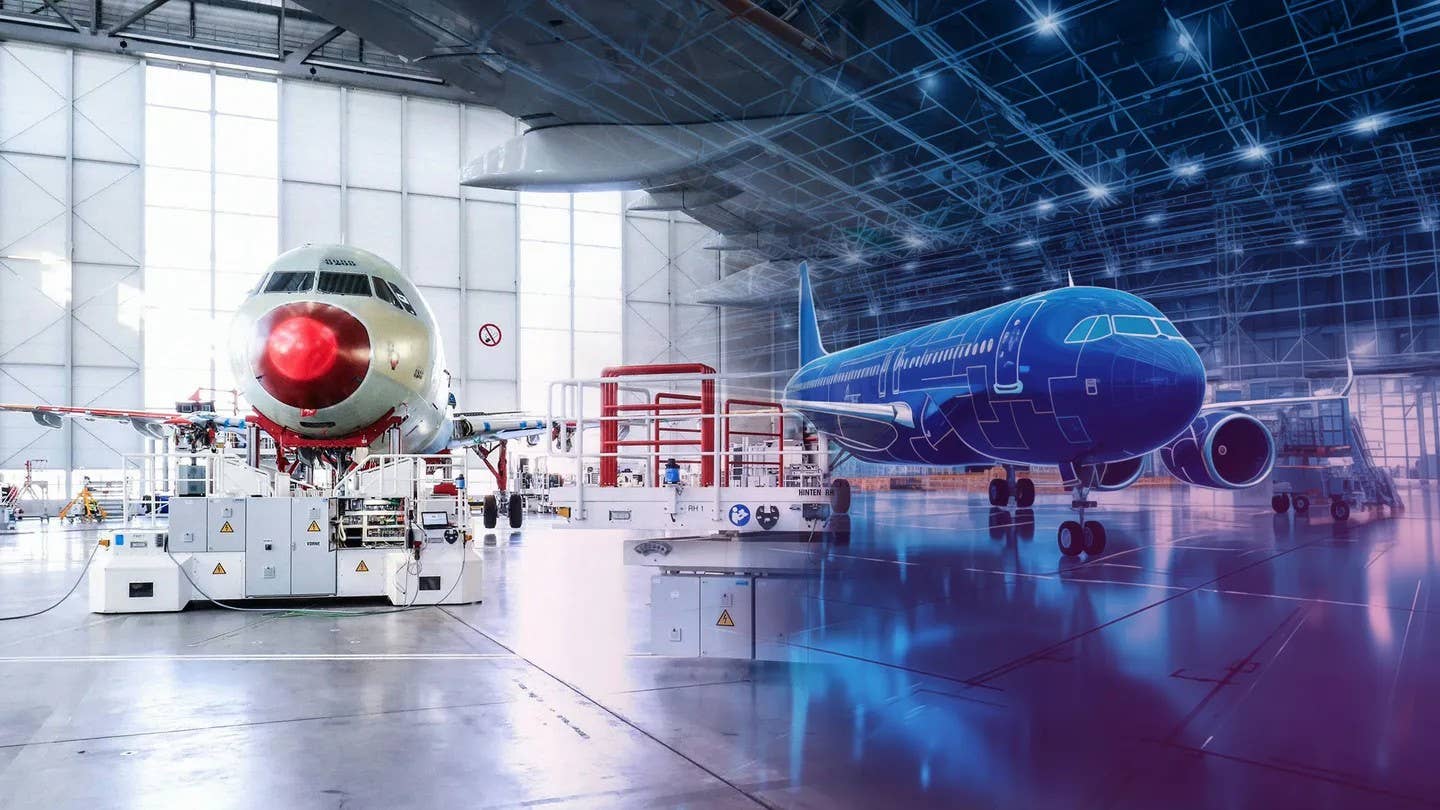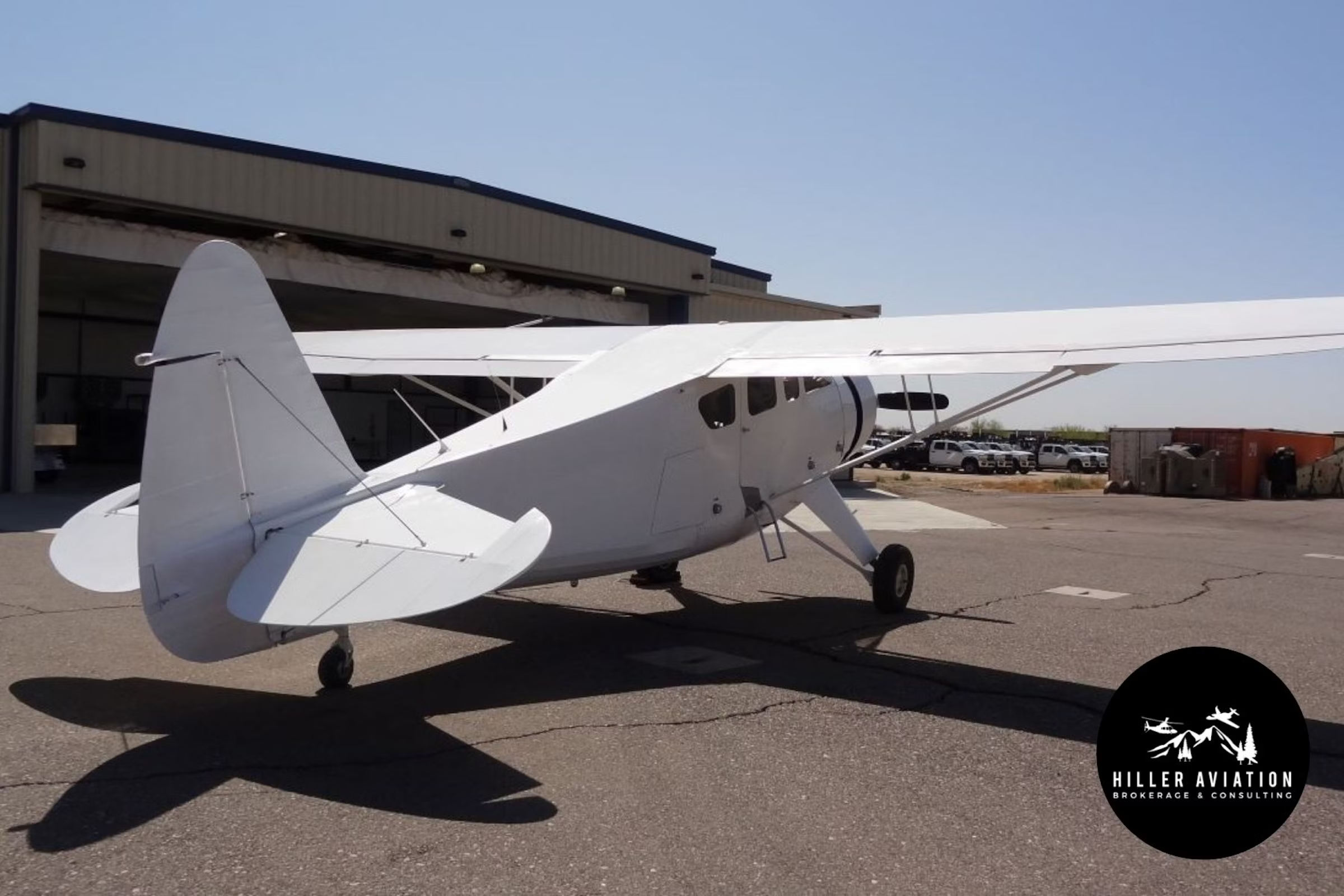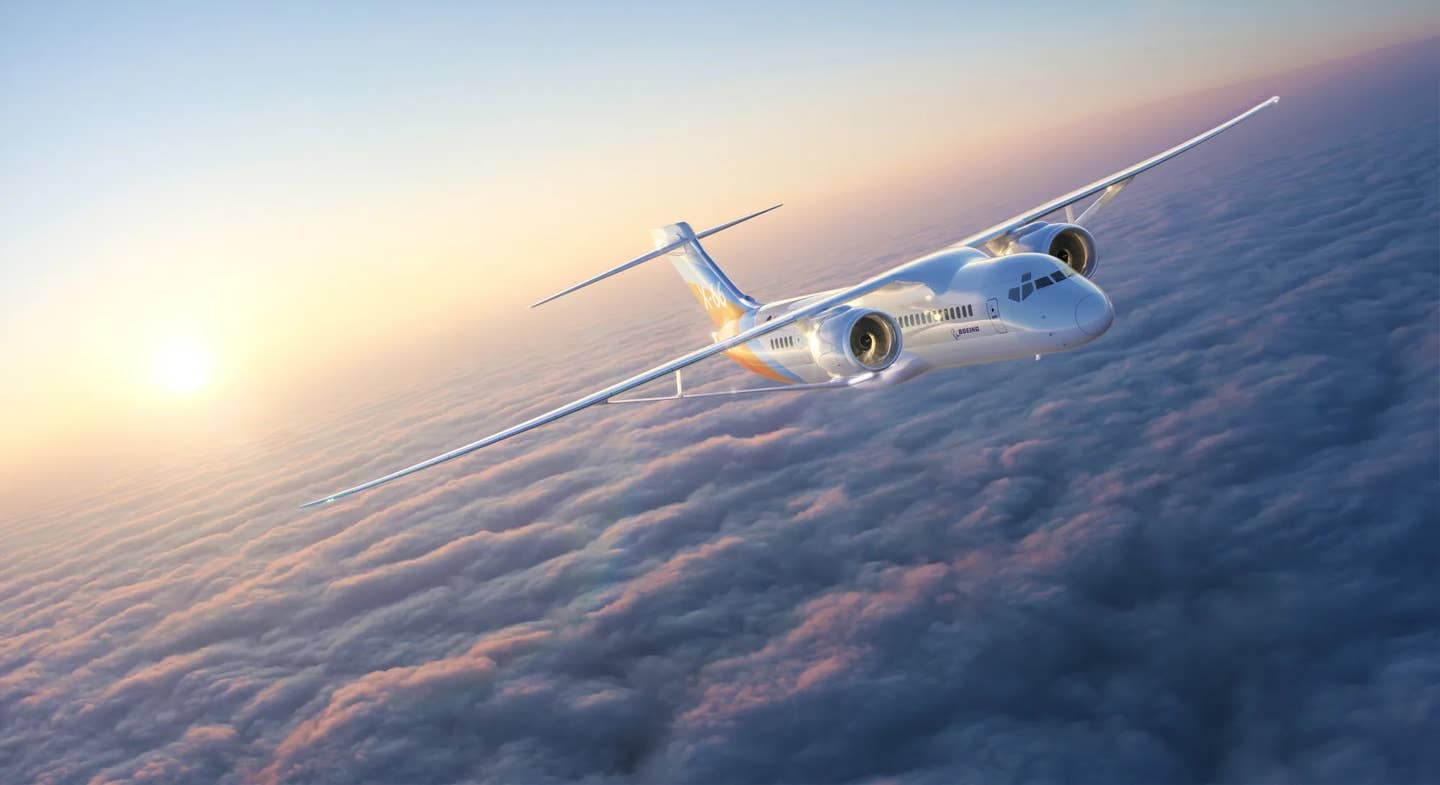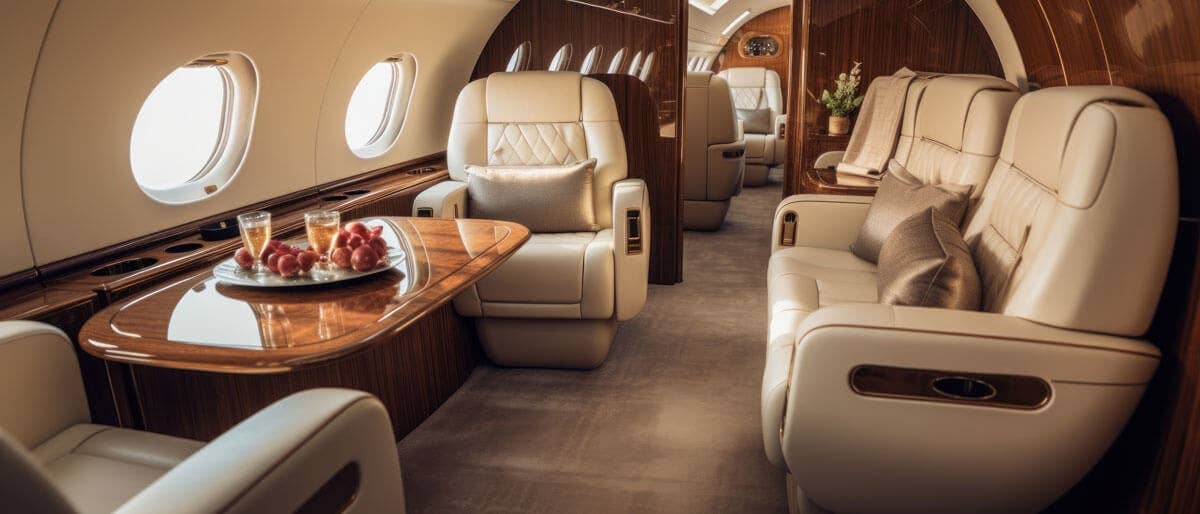Report: Air Force Backs Off Pairing B-21 Bomber With Combat Drone
The concept of pairing comparable unmanned drones with the B-21 Raider stealth bomber is not ‘cost effective,’ said a top Air Force official in an interview.
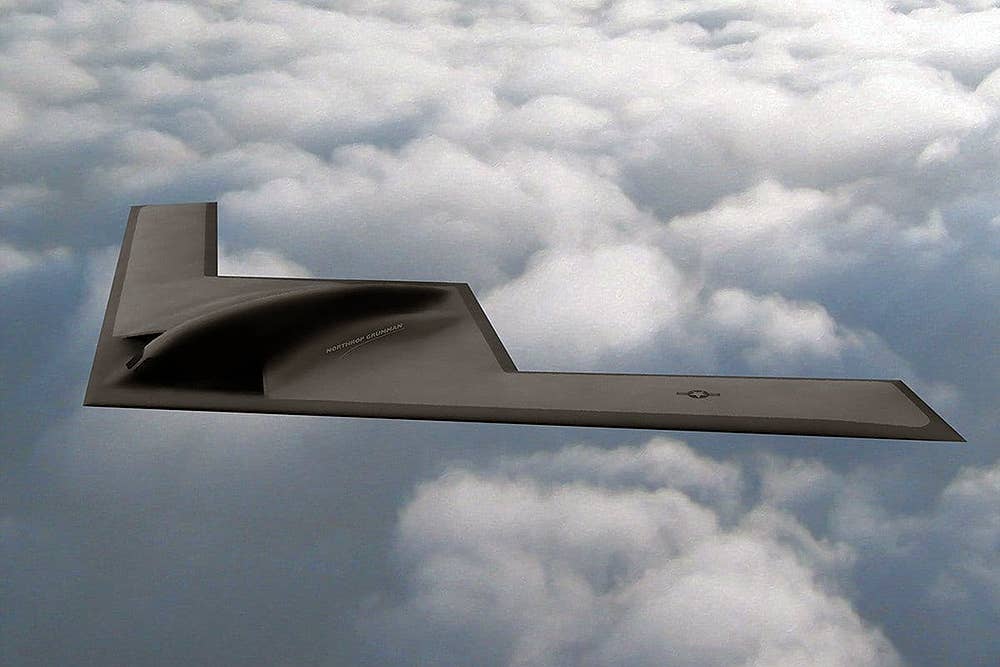
An artist’s rendering of B-21 Raider. [Courtesy: California Military Council]
The U.S. Air Force is backing off a plan to pair the Northrop Grumman B-21 Raider stealth bomber with a comparably sized unmanned combat drone, the service's top official reportedly said, citing the issue of value.
The decision, reported by Breaking Defense, would be an about-face after Air Force Secretary Frank Kendall confirmed late last year that the service would be seeking funding for two classified, remotely piloted, air combat vehicles, which included the concept of pairing unmanned combat drones with the B-21.
Months later, however, the Air Force is now having second thoughts on developing a combat drone to pair with the forthcoming bomber due to the perception of value, Kendall said, according to Breaking Defense. “The idea of a similar range collaborative combat aircraft is not turning out to be cost effective, so it looks like we’re not going to go that direction,” he told the website.
The decision was made after the service studied developing an armed unmanned B-21 drone counterpart and found it "less attractive than we thought it might be," namely because of the cost of developing an aircraft compatible in size, he told the outlet.
"For relatively small platforms, taking a crew out can make it much cheaper. But for large platforms, you don’t gain that much because the crew is only a small fraction of the weight, a small fraction of the cost by comparison," Kendall said. And while the Air Force won't be pursuing the concept with the B-21, it is still considering the "Loyal Wingman" approach of pairing combat drones with fighter aircraft, such as the Next Generation Air Dominance (NGAD) fighter, F-35 or F-22, he added.
Kendall has championed the concept of pairing unmanned air combat platforms with piloted aircraft, such as the sixth-generation NGAD fighter that he said could be operational by the end of the decade, as a cost-effective way to build mass.
“To have an affordable Air Force of any reasonable size, we’ve got to introduce some lower-cost platforms," he said earlier this year.
Designed to carry out long-range conventional and nuclear missions, the B-21 is slated to hit full operations in the mid-2020s. The Air Force has said it intends to purchase at least 100 aircraft intended to form the backbone of the service’s bomber force, with an average procurement cost of $639 million per unit.
Earlier this year, Northrop Grumman announced the aircraft had successfully completed loads calibration testing. The ground testing milestone in early May focused on instrument calibration and verifying structural integrity of the bomber. Following the testing, the aircraft was then expected to proceed into additional ground testing phases, which include powering up the aircraft, subsystem testing, engine runs, and low-speed and high-speed taxi tests.
Northrop Grumman said the B-21 is “making strides toward flight readiness” and “remains on-schedule” for the first flight projected for 2023.

Sign-up for newsletters & special offers!
Get the latest FLYING stories & special offers delivered directly to your inbox

